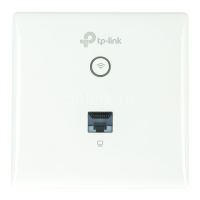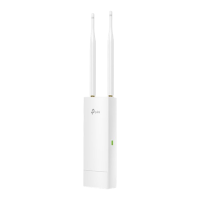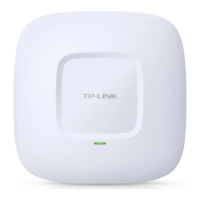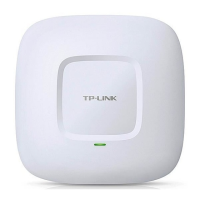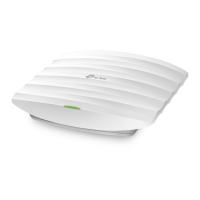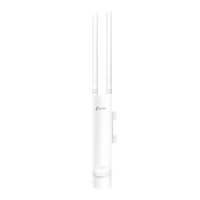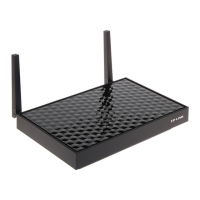Encryption type TKIP is not supported in 802.11n mode. If TKIP is applied in 802.11n mode,
the clients may not be able to access the wireless network of the EAP. If TKIP is applied in
11b/g/n mode (in the 2.4GHz frequency band) or 11a/n (in the 5GHz frequency band), the
device may work at a low transmission rate.
WPA-PSK
Based on pre-shared key, security mode WPA-PSK is characterized by high security and
simple configuration, which suits for common households and small business. WPA-PSK
has two versions: WPA-PSK and WPA2-PSK.
Figure 5-7 Security Mode_WPA-PSK
Version:
Auto
: Select WPA or WPA2 automatically based on the wireless
station's capability and request.
WPA: Pre-shared key of WPA.
WPA2: Pre-shared key of WPA2.
Encryption:
Select the encryption type, including Auto, TKIP, and AES. The default
setting is Auto, which can select TKIP (Temporal Key Integrity Protocol) or
AES (Advanced Encryption Standard) automatically based on the wireless
station's capability and request. AES is more secure than TKIP and TKIP
is not supported in 802.1
1n mode. It is recommended to select AES as
the encryption type.
Wireless
Password:
Configure the WPA-PSK/WPA2-PSK password with ASCII or Hexadecimal
characters. For ASCII, the length should be between 8 and 63 characters
with combination of numbers, letters (case-
punctuations. For Hexadecimal, the length should be 64 characters (case-
insensitive, 0-9, a-f, A-F).
Group Key
Update Period:
Specify the group key update period in seconds. The value can be either
0 or 30-8640000 seconds.
13
